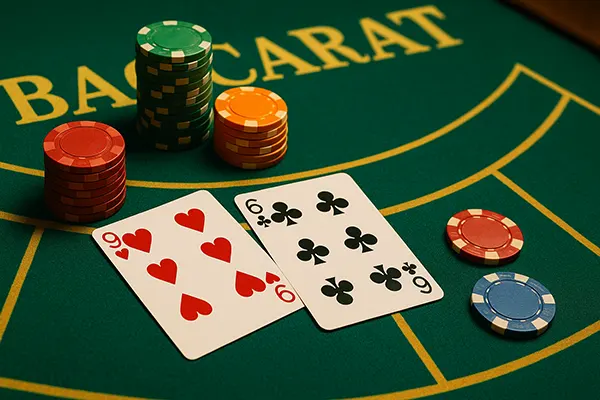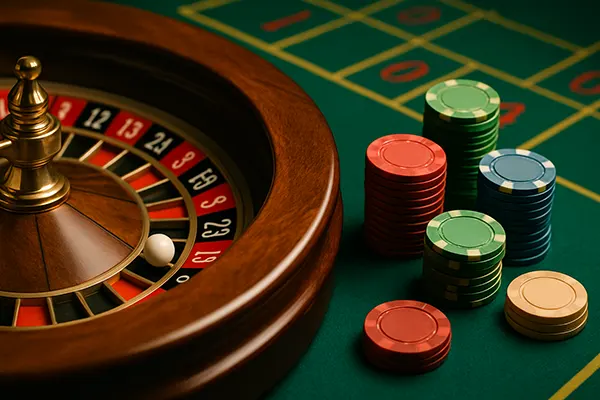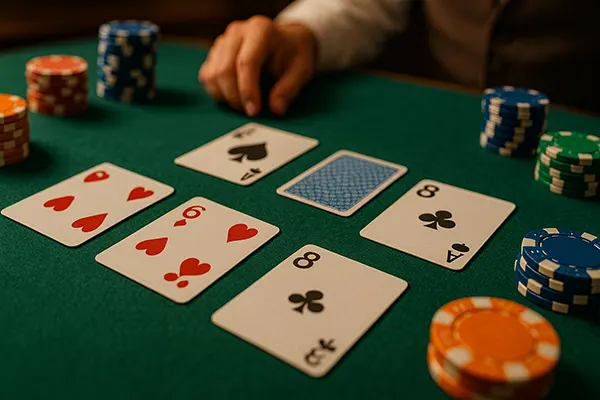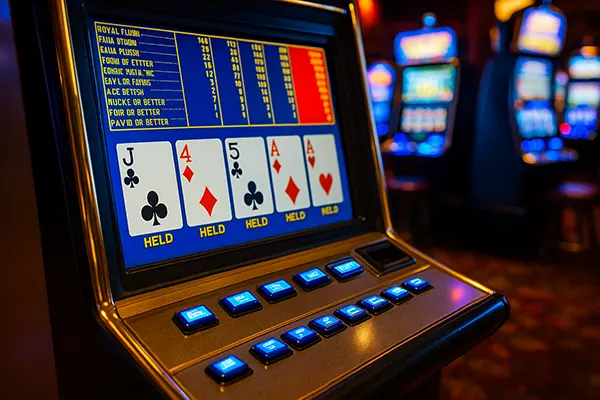
Betting Systems in Baccarat: Martingale, Paroli, 1-3-2-6 — Myth or Benefit?
Baccarat remains one of the most elegant and popular card games in both land-based and online casinos. Despite its simple rules, many players look for ways to maximise their potential returns. Betting systems such as Martingale, Paroli, and 1-3-2-6 are often promoted as structured strategies to control losses and increase profits. But how do these systems truly perform when applied to baccarat?
The Martingale System in Baccarat
The Martingale strategy is one of the oldest and most well-known betting systems. Its premise is simple: every time a player loses a bet, they double the next one. The idea is that a single win will recover all previous losses and yield a small profit equal to the original stake.
While this might sound promising in theory, the system is risky in practice. Baccarat tables, especially in regulated online casinos, often impose maximum bet limits, which can be quickly reached after a short losing streak. Moreover, the player’s bankroll may not be sufficient to endure several consecutive losses, making the system unsustainable.
For instance, beginning with a 10 kr stake and losing six times in a row would require the seventh bet to be 640 kr — a significant amount for most casual players. This exponential growth makes Martingale dangerous, especially without unlimited funds and no ceiling on bet sizes.
Realistic Effectiveness of Martingale
Simulations conducted in early 2025 confirm that Martingale can offer brief winning sessions but often ends in steep losses. Over 10,000 simulated hands, players using Martingale had a 58% chance of reaching table limits or bankrupting their bankroll. The illusion of steady profit vanishes once a long losing streak occurs, which is inevitable over time.
While some players may experience early success with this method, it is largely dependent on short-term luck rather than statistical advantage. It neither improves the odds nor eliminates the house edge inherent in baccarat, which remains approximately 1.06% for banker bets.
Therefore, Martingale is more of a psychological tool for managing streaks rather than a truly profitable long-term strategy. It provides a sense of control, but at a high potential cost.
The Paroli System and Its Application
Contrary to Martingale, the Paroli system is a positive progression strategy. It encourages players to double their bet after each win, rather than after a loss. After three consecutive wins, players reset to their original stake, locking in profits and limiting exposure during downturns.
This method seeks to take advantage of winning streaks rather than recover from losses. It is considered safer and more conservative than Martingale, as losses are kept minimal while winnings are allowed to grow during favourable streaks. In baccarat, where outcomes are nearly 50/50, streaks do occur — albeit unpredictably.
In a practical example, starting with a 10 kr stake and doubling after each win would result in a 70 kr profit after three successful bets (10 → 20 → 40). Losing at any point simply resets the bet to 10 kr, resulting in manageable losses.
Practical Results with Paroli
Simulations run in February 2025 demonstrated that Paroli outperformed Martingale in terms of long-term bankroll preservation. Over 10,000 hands, players following Paroli maintained their bankroll 73% of the time and even profited modestly in 29% of cases. This is a clear contrast to the high-risk Martingale system.
One key benefit of Paroli is its built-in profit lock. By resetting after three wins, players avoid becoming overconfident or risking excessive gains. This discipline is crucial in baccarat, where even minor streaks can lead to inflated expectations and subsequent losses.
Paroli, while not eliminating the house edge, introduces a structured way to capitalise on favourable runs. It is particularly well-suited for conservative players who value bankroll longevity and controlled risk.

The 1-3-2-6 System Explained
The 1-3-2-6 system is a fixed sequence betting approach. It is designed to take advantage of short winning streaks while protecting profits. The numbers represent the units to be wagered in each round, starting from a base stake. After four successful bets, the cycle resets, allowing players to collect profits and minimise loss exposure.
For example, a player using a 10 kr base bet would stake 10, 30, 20, and 60 kr respectively if each bet wins. If all four are successful, the total profit would be 120 kr. If a loss occurs at any point, the system resets, ensuring that losses are limited to one or two base units.
This system strikes a balance between Paroli’s positive progression and Martingale’s systematic nature, offering a practical compromise for baccarat players who want to manage risk and chase small win cycles.
Evaluation of the 1-3-2-6 Performance
Analytical data from early 2025 suggests that the 1-3-2-6 system performs well in maintaining consistency and reducing volatility. Across 5,000 sessions of 100 hands, the system preserved bankrolls 81% of the time and delivered small profits in 36% of sessions. The structure helps prevent losses from spiralling while capturing value from brief winning streaks.
Compared to Paroli, it provides slightly more stability, though it’s less flexible. A strict adherence to the sequence is necessary, which can be both a strength and a limitation. It requires players to remain disciplined and not deviate during emotional swings.
As with all betting systems, it does not overcome the house advantage but can improve the player’s ability to manage risk and adopt a more strategic approach to wagering. It is particularly popular among those who enjoy structured gameplay and smaller, frequent wins.
The most popular articles
-
 Rare Blackjack Variants and Their Practica...
Rare Blackjack Variants and Their Practica...Blackjack has evolved into a broad family of formats, many of which …
-
 Video Poker Mini-Tournaments: Approaches, ...
Video Poker Mini-Tournaments: Approaches, ...Video poker in the mini-tournament format has become one of the most …
-
 Poker in Eastern Europe: The Fastest-Growi...
Poker in Eastern Europe: The Fastest-Growi...Online poker has become a defining element of the digital gaming economy …
